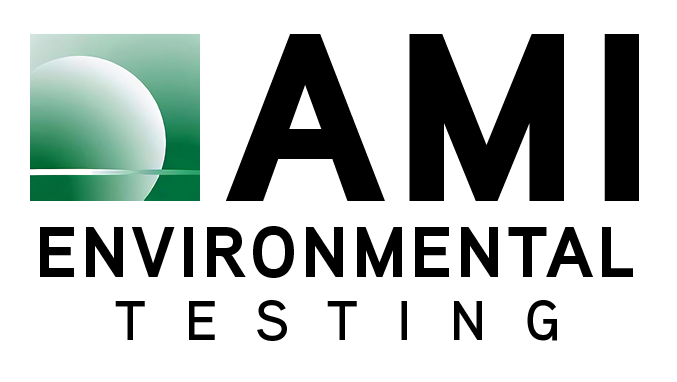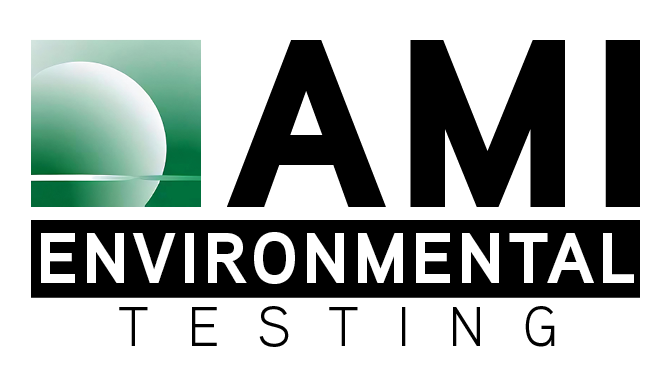OSHA began to regulate asbestos in the workplace in the 1970’s, adopting the permissible exposure limit (PEL) to regulate workplace exposure. The PEL has been reduced over the years as the health effects of asbestos-related work have become more widely known. Employers must take extreme caution and presume that pre-1985 structures have asbestos containing materials (ACM). As some asbestos products are still being manufactured today on a global scale, even much newer buildings have the potential to contain asbestos. OSHA’s Asbestos Standard in the Construction Industry includes requirements to make sure that the process of working around asbestos is performed safely.
What is in the OSHA Asbestos Standard?
The asbestos standard includes a number of provisions to reduce the risk of exposure above the permissible exposure limit. The standard sets forth the requirements for measuring any potential exposure, as well as specific work practices recommended to reduce such exposure. Also included are requirements for employee training, respiratory protection, signage and labeling, and related record-keeping. The standard requires that a “competent person” knowledgeable with asbestos operations be assigned to each jobsite.
What activities are regulated?
The asbestos standard for the construction industry regulates exposure to asbestos for involving the following activities:
• Demolition or salvaging structures where asbestos is present
• Removing or encapsulating ACM
• Cleaning asbestos emergencies/spills
• Installing ACM products
• Constructing, altering, repairing or maintaining asbestos containing structures or substrates
• Transporting, disposing, storing, containing, and housekeeping involving asbestos or asbestos containing products on a construction site.
What about maintenance activities?
Maintenance and custodial activities where employees clean up asbestos waste or debris are included in the OSHA standard. In most cases it is recommended that those employees who perform maintenance activities in buildings with known or suspected ACM comply with the standard, including asbestos awareness training, to avoid any potential exposures even if disturbance of asbestos is not planned or anticipated.
At AMI Environmental, our main goal is to assist businesses in creating a safe working environment, while adhering to government regulations. With decades of experience, our Environmental Health and Safety (EHS) professional’s purpose is to help not only protect your workers, but also to manage risk, allowing you to enjoy the peace of mind in knowing your employees will be protected from harm. AMI will work to establish and maintain a safe work environment, including surveying your facility for risks; providing testing within your facility; maintaining testing protocols; and assisting in the record-keeping process. If you have any questions or concerns, please contact Dan Taylor at [email protected].



